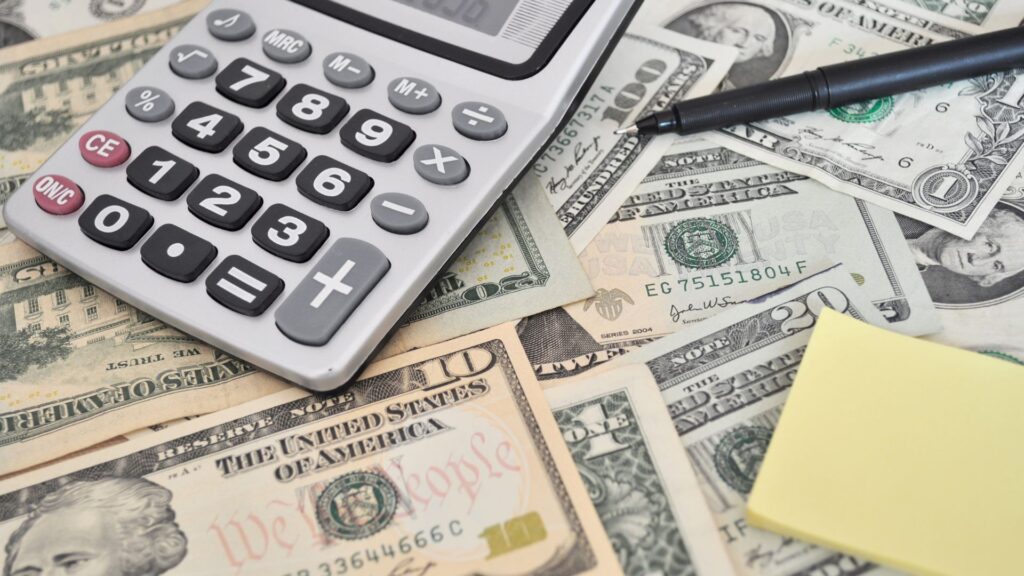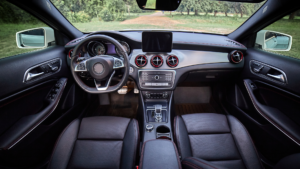Buying a car is one of the biggest financial decisions most people make, and securing the right loan can save thousands of dollars over time. One of the first questions buyers face is whether to finance through a bank or a dealership. Both options have their pros and cons, and the best choice depends on factors like interest rates, loan terms, and convenience.
Car dealerships often promote their financing options as the easiest route, but banks and credit unions may offer lower interest rates and more transparency. To make an informed decision, it’s crucial to compare these financing options side by side.
How Dealership Financing Works

Financing a car through a dealership means working with the dealer’s network of lenders. Instead of securing the loan directly from a bank or credit union, the dealer acts as a middleman, arranging financing on behalf of the buyer.
Convenience and Speed
One of the biggest advantages of dealership financing is convenience. Car buyers can choose their vehicle and secure financing in one location, often completing the entire process within a few hours. This is particularly appealing to those who don’t want to visit multiple banks or compare lenders independently.
Many dealerships offer special financing promotions, such as 0% APR on certain models. These deals, however, are typically reserved for buyers with excellent credit scores (usually above 720).
Dealer Markups on Interest Rates
While dealers provide a streamlined financing process, they often mark up interest rates to increase their profit. Lenders offer a wholesale rate to the dealership, which can then add 1-3% before presenting the final offer to the buyer.
For example, if a bank offers the dealer a 4% interest rate, the dealership may add a markup and offer the loan at 6%, pocketing the difference as extra revenue. This means buyers who don’t shop around may end up paying thousands more in interest over the life of the loan.
More Flexible Credit Requirements
Dealerships work with multiple lenders, including subprime lenders that cater to borrowers with lower credit scores. This can be helpful for buyers who may not qualify for a traditional bank loan. However, subprime loans come with significantly higher interest rates—sometimes 15% or more—leading to expensive monthly payments.
How Bank and Credit Union Financing Works

Financing through a bank or credit union means applying for a car loan before visiting the dealership. Borrowers receive a pre-approved loan offer, which they can then use to purchase a vehicle within a set time frame, usually 30-60 days.
Lower Interest Rates and Transparent Terms
Banks and credit unions often offer lower interest rates compared to dealerships, particularly for borrowers with good to excellent credit. Unlike dealerships, banks don’t mark up interest rates, so buyers get more transparent pricing.
For example, as of 2024, the average interest rate for a 60-month new car loan is around:
- 6-8% at banks
- 5-7% at credit unions
- 8-12% at dealerships (varies based on markup and lender partnerships)
Credit unions, in particular, tend to offer the lowest rates since they are nonprofit organizations that focus on member benefits rather than profits.
More Control Over Loan Terms
When financing through a bank or credit union, buyers have more control over loan terms, including the ability to choose:
- Loan length (typically 36-84 months)
- Fixed vs. variable interest rates
- Payment schedules
Since dealerships handle financing on behalf of multiple lenders, buyers often have less flexibility in negotiating their terms. Banks and credit unions, on the other hand, allow borrowers to customize their loan to fit their financial situation.
Longer Approval Process but More Negotiating Power
One downside to bank financing is that pre-approval takes extra time. Borrowers must apply for a loan in advance and may have to wait 1-3 business days for approval. However, being pre-approved before visiting a dealership gives buyers negotiating power.
Since dealerships know you have an alternative financing option, they may be more willing to match or beat your bank’s interest rate. This puts buyers in a stronger position to bargain for a better deal on both financing and vehicle price.
Comparing Key Factors: Bank vs. Dealership Financing

Interest Rates and Total Loan Costs
- Bank/Credit Union: Typically lower rates with no markup
- Dealership: May offer promotional rates, but often marks up rates for profit
Convenience and Speed
- Bank/Credit Union: Requires pre-approval before buying, which can take time
- Dealership: Fast and same-day approval process
Negotiating Power
- Bank/Credit Union: Gives more control over terms and allows comparison shopping
- Dealership: May be harder to negotiate, but pre-approved buyers can use bank offers as leverage
Credit Requirements
- Bank/Credit Union: Better rates for higher credit scores
- Dealership: More options for bad credit buyers, but at higher interest rates
When Dealership Financing Makes Sense

Despite the potential drawbacks, there are situations where dealership financing might be the better option.
- 0% APR Promotions – If you qualify for a manufacturer’s 0% financing deal, dealership financing can save you money. However, these offers typically require a high credit score and may limit your ability to negotiate vehicle price.
- Rebates and Incentives – Some automakers provide additional rebates for financing through their dealership, which can make financing through the dealer more attractive.
- Fast Approval for Bad Credit Borrowers – If you have a low credit score, dealerships may have more lender options willing to approve your loan—though at a higher interest rate.
When Bank or Credit Union Financing Is the Better Choice

For most buyers, securing a loan from a bank or credit union will result in lower costs over time.
- Lower Interest Rates – Especially for buyers with good credit, banks and credit unions offer better rates than dealerships.
- More Loan Transparency – No dealer markups, so you get honest rates based on your creditworthiness.
- Stronger Negotiation Power – Pre-approved buyers can negotiate a better car price and financing terms at the dealership.
TL;DR – Which Option Should You Choose?
- Go with a bank or credit union if you want the lowest interest rates, more transparent loan terms, and stronger negotiating power.
- Consider dealership financing if you qualify for 0% APR, need fast approval, or want manufacturer incentives.
- Always compare both options before signing a loan agreement to ensure you’re getting the best deal.
Getting the right auto loan can make a huge difference in your monthly payments and long-term costs. By understanding how dealership and bank financing work, you can make an informed decision that saves you money and ensures a smooth car-buying experience.






